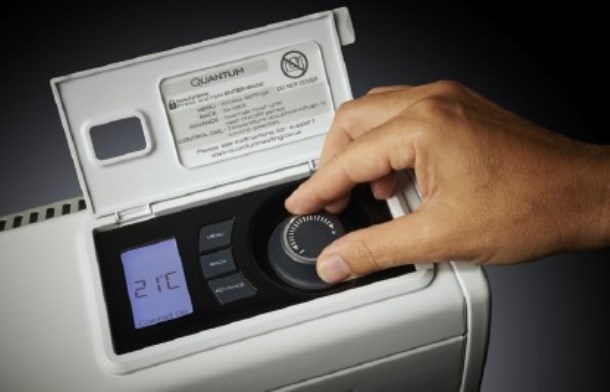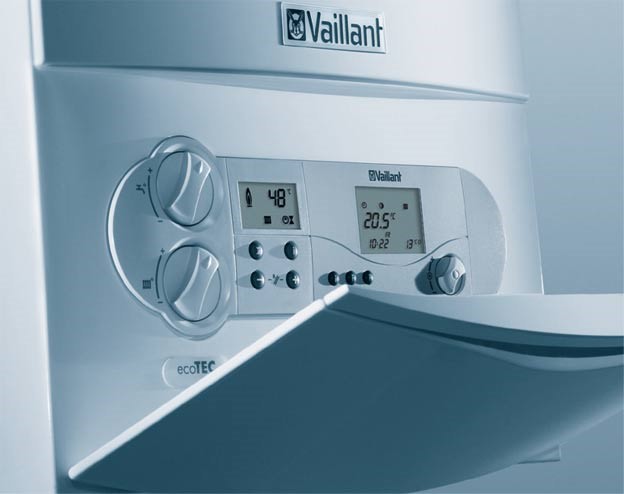Before ECO Flex Grants were introduced, successful applicants were required to receive one of the qualifying State Benefits or Tax Credits.
The problem with this is that a high proportion of householders suffering from fuel poverty do not receive one of the relevant benefits. Fuel poverty is generally accepted as the need to spend more than 10% of your income to heat your home to an acceptable level.
ECO Flex Grants were introduced to change this situation.
Now, householders may still qualify for First Time Central Heating Grant, a Boiler Grant or a Storage Heater Grant even if they don’t receive State Benefits or Tax Credits.
The ECO Flex Grants Scheme helps those householders who are not in receipt of one of the qualifying benefits but who are living on a low income and are vulnerable to the effects of living in a cold home.
Local Authorities and Energy Suppliers
Under the ECO Scheme Flexible Eligibility arrangement, Local Authorities and Energy Suppliers are permitted to identify and designate households as eligible under the Affordable Warmth Scheme.
Local Authorities can set their own criteria to decide who should qualify for a boiler grant or storage heater grant under the ECO Flex Grants scheme but four aspects are considered:
- Health – Health can be a major factor when assessing how much heat is required in your home and the following factors are considered: Cardiovascular conditions, Respiratory conditions, limited mobility or immune suppressed conditions.
- Age – Older householders can be particularly affected by exposure to the cold so any household will be considered where someone over 60 years of age live there.
- Type of Property – Some homes require more heat than others due to their particular characteristics and properties with an EPC rating of E, F or G may qualify.
- Household Income – Householders on a low income spend a proportionately greater amount of their income to keep their homes warm. Consequently, low income households who do not receive one of the qualifying benefits may be approved for eligibility by their Local Authority.
You can contact your local authority to ask them about the detailed qualifying criteria they adopt when considering ECO Flex Grants (also known as LA Flex Grants) but they may ask you to apply with us first.





